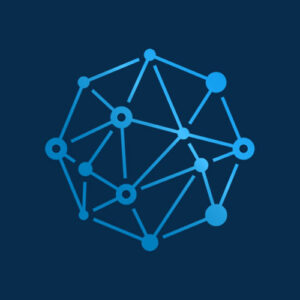An interview with Norma Watenpaugh, CEO & Founding Principal, Phoenix Consulting Group
Q: You have been involved with the channel and emerging ecosystems for some time. How has the concept of partnership evolved over the past several years?NW: I would not say the concept of partnership has evolved so much as a recognition of how partnerships extend and enhance the business has evolved, especially with respect to channels. Channel partners have been clamoring to be treated more like partners for some time and as the business climate and the business opportunities become more complex it becomes more and more important to embrace the 1+1>3 value proposition and that requires more collaboration and deepening of the relationship between vendors and channel partners and between channel partners.
On the alliances side, we have seen that the process of managing very complex relationships evolve into a sophisticated discipline which works well when you need to manage complexity. But as recent events have made clear, sometimes you cannot always manage complexity, change, disruption; you have to survive it. This is the value of the trend toward multi-partner, agile and collaborative ecosystems. Instead of steady, linear processes, you have to build in the ability to change and adapt, breaking up the interactions into smaller, timebound sprints, as Agilists would say. This is a faster, more dynamic way of partnering and absolutely depends upon trust in the relationship. In a traditional alliance, you can rely on robust governance process to compensate for low trust environments. At today’s pace of change, you have to trust aligned self-interests to maintain cohesion among ecosystem partners.
Q: What about the supply side versus the demand side? Any unique challenges or opportunities?NW: The current crisis has stretched and strained the supply side ecosystem of most organizations, mainly I think, because it is largely a hub and spoke system. There are some interesting possibilities when you think of the supply side as an interconnected network.
One example that comes to mind is the Starfish alliance. Rolls Royce assembled this ecosystem of logistics suppliers with overlapping capabilities to deliver repair parts and spares to their customers, the airlines. The metaphor to the starfish is when a starfish loses an arm, another grows back. So, the design of the ecosystem had built in redundancy for resilience and continuity. Rolls went a step further and optimize the performance of the logistics supply chain end-to-end by interconnecting their various tracking systems which reduced the operational costs for the entire ecosystem and increased their profitability. The latter was a major breakthrough. Rolls had to win the confidence of their suppliers that one the tenants of the Starfish ecosystem was to share in the gains.
One the demand side, the customer side of this equation, the big gain was related to on-time and efficient delivery. Airplanes sitting on tarmacs waiting for parts cost them a lot of money.
Most of the work I have done while in Tech, is on the demand side. A well-orchestrated ecosystem, enables you to put together customer solutions like tinker toys, very quickly responding to different customers. For example, in industries like banking and insurance, there are many local nuances and regulations in different countries. So, the mix of solution components would require local ‘heroes’ as I call them. The partners who know the local regulations and have relationships with the local industry.
Q: Given the major market disruption coming from the COVID-19 crisis, and the urgency in which businesses are trying to change, do you see the partnership and ecosystem blueprint changing permanently?NW: The current crisis is accelerating trends already in play and yes, I believe these are lasting changes. The ability to react responsively to change a key trait of the agile ecosystem. It is dependent upon the interconnections, conversations, and collaborations that take place between ecosystem partners and how they respond to change in the business environment and customer needs. Here are a couple of large-scale ecosystem collaborations thrown together with great speed and high aspirations.
La columna COVID-19 High Performance Computing Consortium includes IBM, AWS, Google, HPE, and Microsoft as well as US National Labs, NASA, the Massachusetts Institute of Technology, the White House Office of Science and Technology Policy, U.S. Department of Energy and others, providing compute time and resources to solve the data and modeling intensive problems to fight the virus.
La columna Accelerating COVID-19 Therapeutic Interventions and Vaccines (ACTIV) partnership of more than a dozen leading biopharmaceutical companies and government agencies are collaborating under the direction of the National Institute of Health to coordinate development of treatments and vaccines for Covid19.
Q: What do you see down the road ultimately separating the winners and the losers?NW: Well since we are talking ecosystems, I think there is a very Darwinian outcome. Those businesses that adopt an ecosystem model will be more successful in serving customers and more resilient during uncertain times. They will survive and respond better to emerging opportunities than companies that still believe they can go it alone. But more than that, operating in an ecosystem changes you. To be successful, you need to have a culture and a leadership mindset that seeks value-creating outcomes, that is agile and quick to respond to change and that aligns to a guiding NorthStar to serve your customers.







